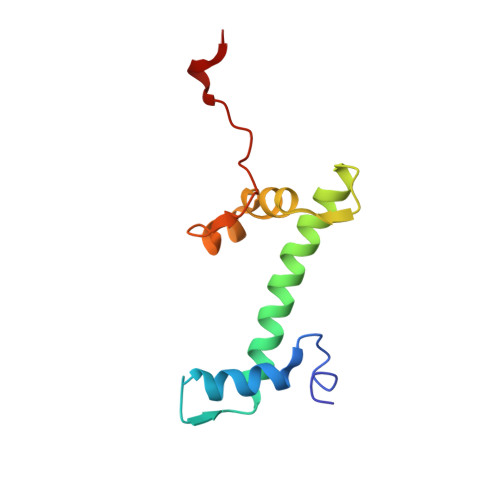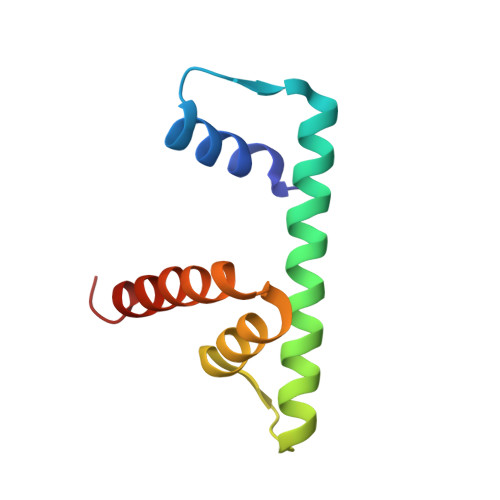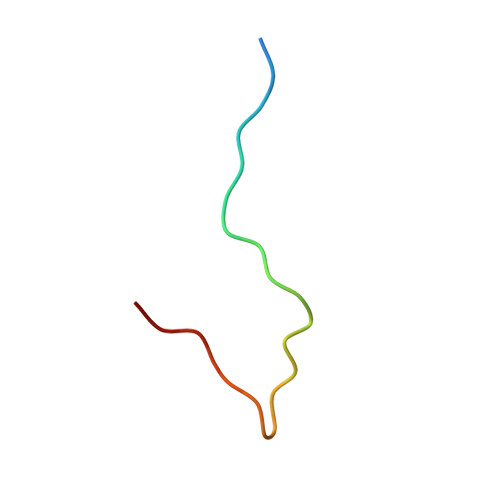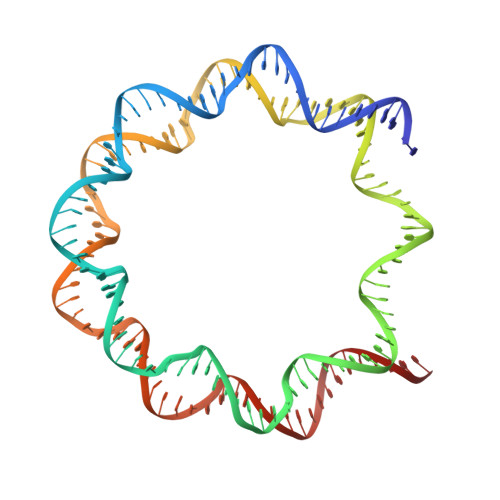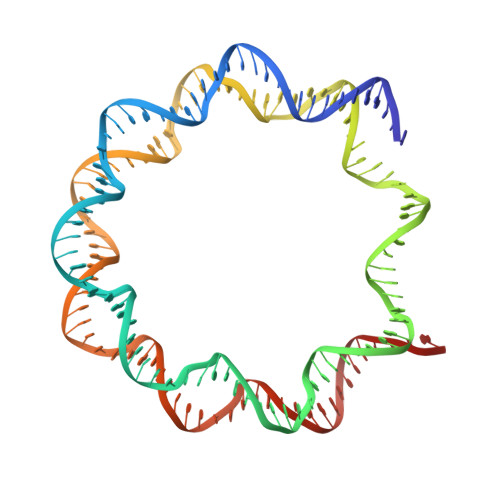A conserved mechanism for centromeric nucleosome recognition by centromere protein CENP-C.
Kato, H., Jiang, J.S., Zhou, B.R., Rozendaal, M., Feng, H., Ghirlando, R., Xiao, T.S., Straight, A.F., Bai, Y.(2013) Science 340: 1110-1113
- PubMed: 23723239
- DOI: https://doi.org/10.1126/science.1235532
- Primary Citation of Related Structures:
4X23 - PubMed Abstract:
Chromosome segregation during mitosis requires assembly of the kinetochore complex at the centromere. Kinetochore assembly depends on specific recognition of the histone variant CENP-A in the centromeric nucleosome by centromere protein C (CENP-C). We have defined the determinants of this recognition mechanism and discovered that CENP-C binds a hydrophobic region in the CENP-A tail and docks onto the acidic patch of histone H2A and H2B. We further found that the more broadly conserved CENP-C motif uses the same mechanism for CENP-A nucleosome recognition. Our findings reveal a conserved mechanism for protein recruitment to centromeres and a histone recognition mode whereby a disordered peptide binds the histone tail through hydrophobic interactions facilitated by nucleosome docking.
- Laboratory of Biochemistry and Molecular Biology, National Cancer Institute, Bethesda, MD 20892, USA.
Organizational Affiliation:










